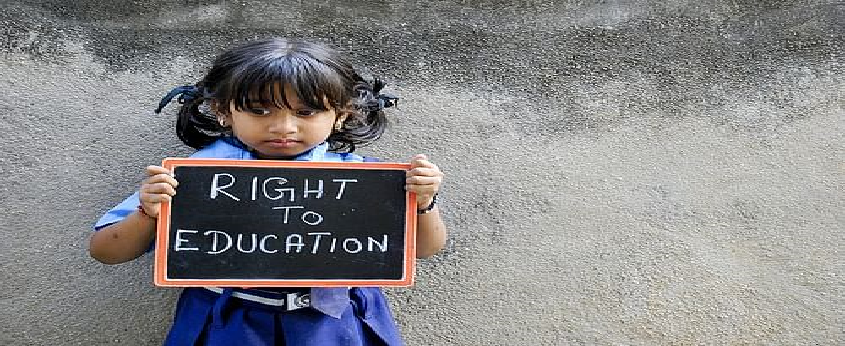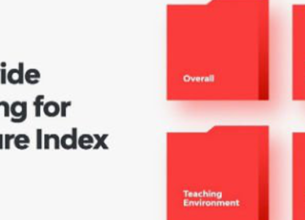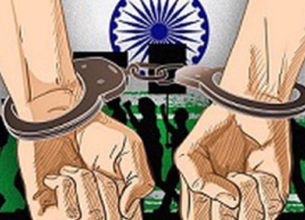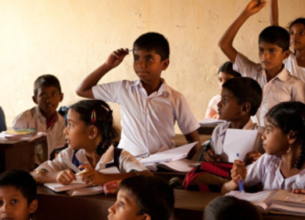Supreme Court Rejects Plea to include Religious schools under RTE
12, Feb 2022

Prelims level : Schemes
Mains level : GS-II Government policies and interventions for development in various sectors and Issues Arising out of their Design and Implementation.
Why in News?
- The Supreme Court recently refused to intervene in a petition challenging sections of the Right to Education Act of 2009 which exclude vedic pathsalas, madrasas and institutions imparting Religious Education from its Ambit.
What is Article 15(5)?
- It empowers the country to make reservations with regard to admissions into educational institutions both privately run and those that are aided or not aided by the government. From this rule only the minority run institutions such as the Madarsas are exempted.
Background:
- Please note, Minority schools are Exempted from Implementing The Right to Education policy and do not fall under the Government’s Sarva Shiksha Abhiyan.
How are Minority Schools exempt from RTE and SSA?
- In 2002, the 86th Amendment to the Constitution provided the Right to Education as a fundamental right.
- The same amendment inserted Article 21A, which made the RTE a fundamental right for children aged between six and 14 years.
- The passage of the amendment was followed by the launch of the Sarva Shiksha Abhiyan (SSA) that aimed to provide “useful and relevant, elementary education’’ to all children between six and 14 years.
- In 2006, the 93rd Constitution Amendment Act inserted Clause (5) in Article 15 which enabled the State to create special provisions, such as reservations for advancement of any backward classes of citizens like Scheduled Castes and Scheduled Tribes, in all aided or unaided educational institutes, except minority educational institutes.
Why bring them under RTE now?
- The Commission is of the view that the two different sets of rules Article 21A that Guarantees Fundamental right of education to all children, and Article 30 which allows Minorities to set up their own institutions with their own rules and Article 15 (5) which exempts minority schools from RTE creating a conflicting picture between fundamental right of children and right of Minority Communities.
Need for their Inclusion under RTE:
- The Commission has observed in the report that many children who are enrolled in these institutions or schools were not able to enjoy the entitlements that other children are enjoying.
- For example, Missionaries school are Elite Cocoons. Such schools are admitting only a certain class of students and leaving underprivileged children out of the system, thus becoming what the Commission has called “cocoons populated by elites’’.
- Also, students in madarasas which do not offer a secular course along with religious studies – such as the sciences – have fallen behind and feel a sense of alienation and “inferiority’’ when they leave school.
















